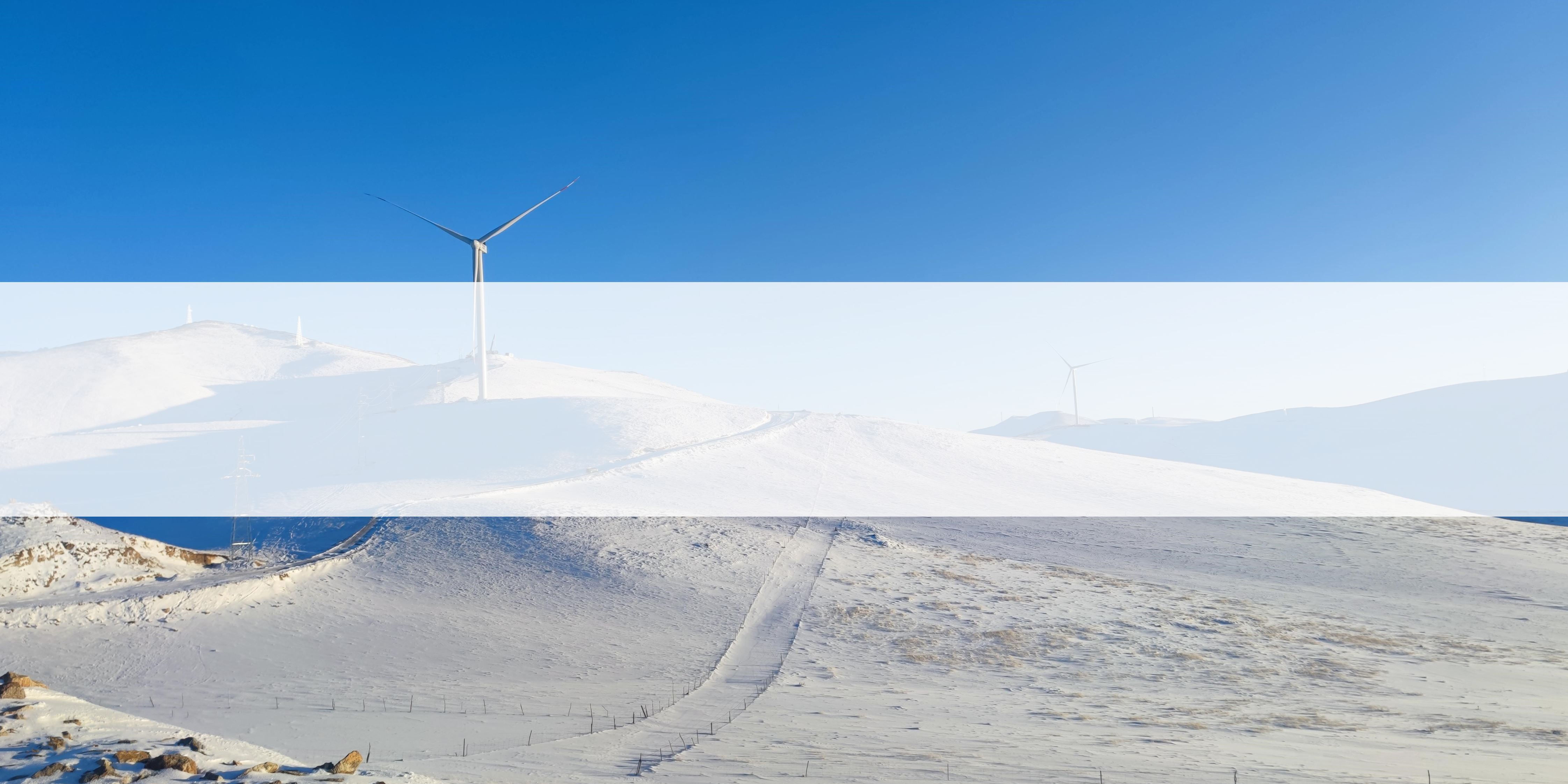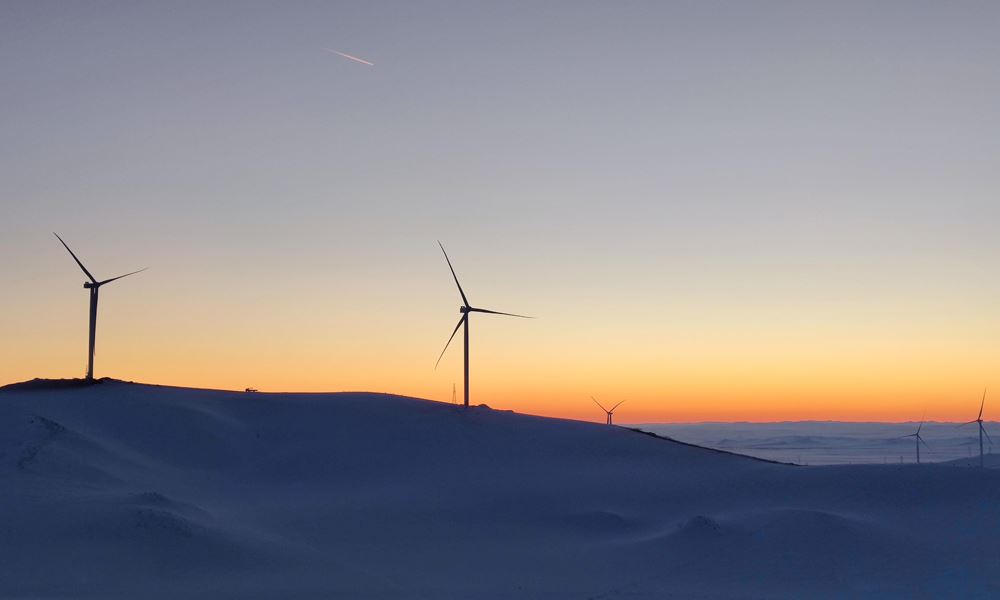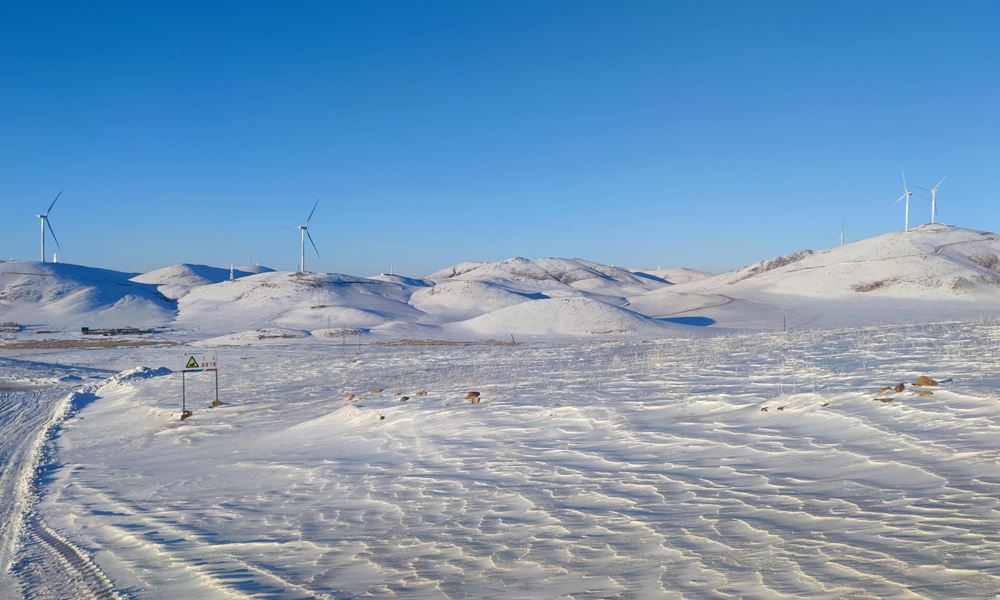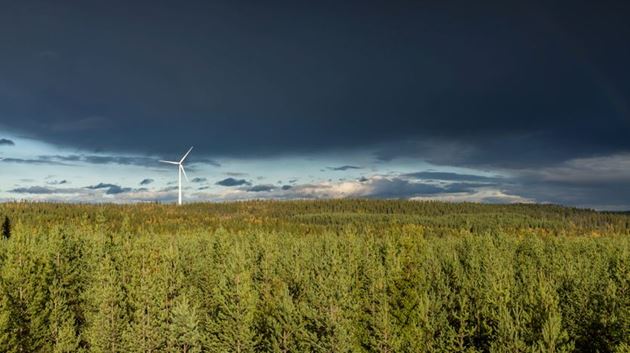
A remarkably cold Chinese winter can’t stop the country hitting record wind installations
Beijing / 30 March 2021
While everyone in the Chinese wind industry was already prepared for a tough year until the close of 2020, they were still astonished by the tough environment. For Zhanbiao Wang, Siemens Gamesa’s Site Manager in Inner Mongolia, North China, it meant leading a team on two projects in Inner Mongolia consisting of 76 SG 3.4-132 turbines.
The team’s objectives were also of critical importance as developers across China rushed to meet a cut-off for renewable subsidies by the end of 2020. The more immediate concerns were the low temperatures and assuring the welfare and safety of the workers throughout the construction phase.

“During this unusual period of time, we worked side by side with the customer as a true team to find a way to achieve our common targets safely – making the result possible before year-end,” said Zhanbiao.
Across eight wind farms in China, the Siemens Gamesa team and its sub-contractors were working relentlessly to connect turbines on to the electricity grid before the end of December 31, 2020, a critical deadline set by the Chinese government to shift from a feed-in-tariff (FIT) policy to grid parity, which meant that new wind power prices on-grid should be price competitive with coal.
By the last minute, Siemens Gamesa was able to support Chinese customers to successfully secure a pipeline of 1.18 GW wind projects to benefit from the favorable FIT, and in turn helped them to avoid losses worth tens of millions of euros.
The statistics itself show the frenzy. China surprised the global wind industry with a staggering 47 GW connected onto grid in a single month of December and 71.6 GW for the whole of 2020. The installation rush and the competition witnessed was not only of concern to assure the necessary supply of components and turbines, but also the technology and engineering readiness, as well as the availability of installation cranes and onsite workers.
Considering the multiple travel and logistics restrictions resulting from the COVID-19 pandemic and the extremely cold winter, the great achievement of Siemens Gamesa in the country demonstrates the company’s agility to honor our commitments to our Chinese customers and partners.
As a result of the impact of COVID-19, engineers from Europe could not come to China to provide on-site support which meant more intensive trainings had to be carried out locally.
“It was a relief to see that the concerted efforts from Project Execution, Service, Technology, etc. resolved any issues we encountered and ensured the turbines to run, a satisfying result that made our customer happy,” added Zhanbiao.

Paulo Soares, CEO of Siemens Gamesa’s Onshore business unit in the Asia Pacific region, stated: “It remains to be seen how the Chinese wind market will evolve in the grid parity era, and how the international OEMs can grow their niche share in the Chinese market. Nevertheless, since the volume is very high in China, international companies benefit from being in China, and it also supports the export from China to other markets.”
Siemens Gamesa was one of the first European turbine markers exporting to China back in the late 1980s. China now offers an important world-class manufacturing base and solid supply network for the company’s global operations. So far, the company has installed more than 5.76 GW onshore capacity in China. Through a strategic partnership with Shanghai Electric, the company has supported half of the country’s total offshore installations. In addition, the company has been playing an important role to share knowledge with regards to safety, engineering, technology, etc. to contribute to a healthy and sustainable development of wind energy in China.
Qin Haiyan, the Secretary General of CWEA, noted: “International cooperation is a key enabler of China’s wind market development. The early introduction of foreign wind technologies kicked off China’s mass-scale wind utilization, and the participation of international OEMs accelerated the development, including the supplier capability and technology standards. With Chinese OEMs nowadays expanding from domestic market to the international markets, it is important that all types of industry players can play on an equal footing both in China and globally to contribute to the climate goals that more and more countries are establishing.”



